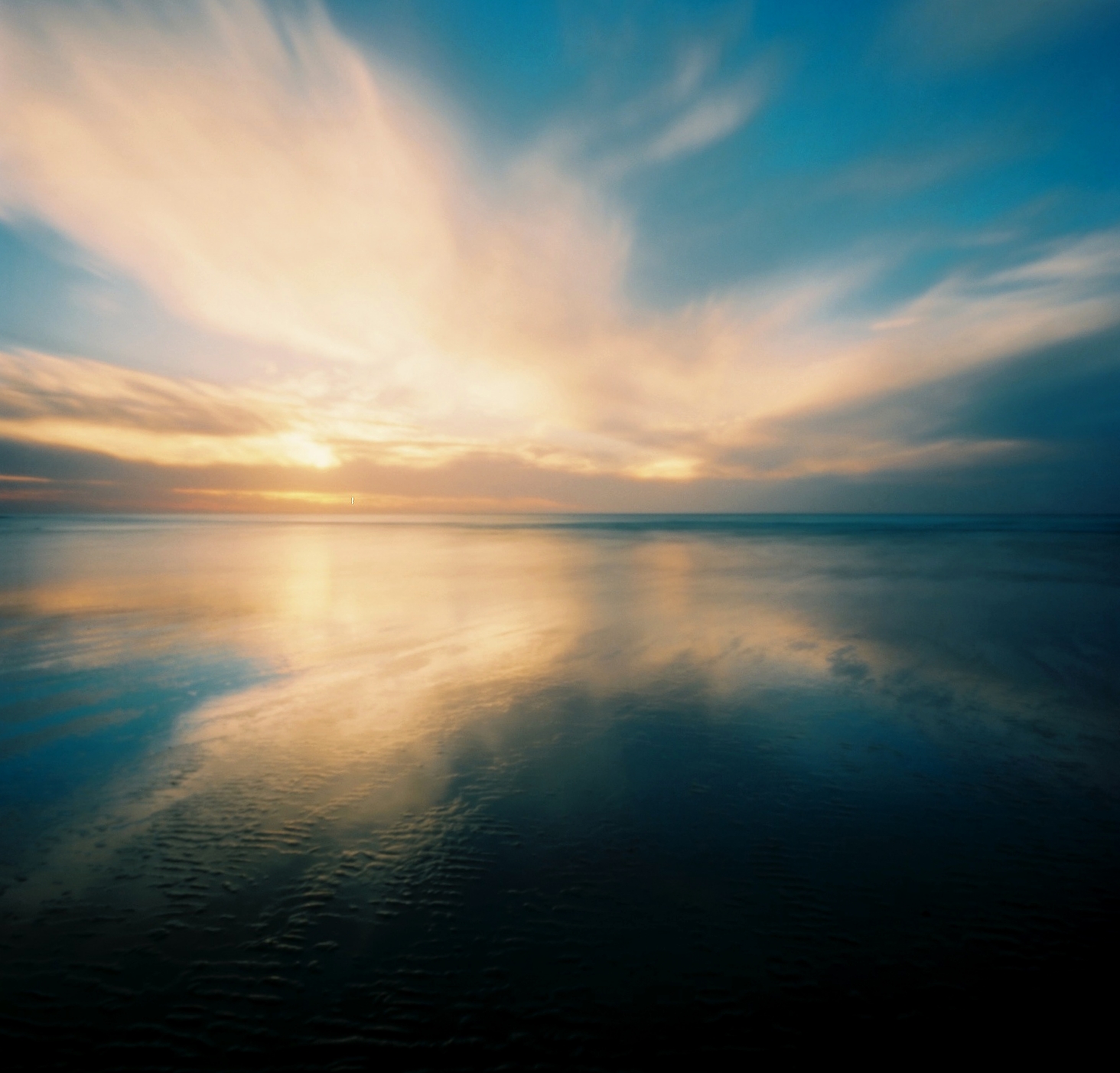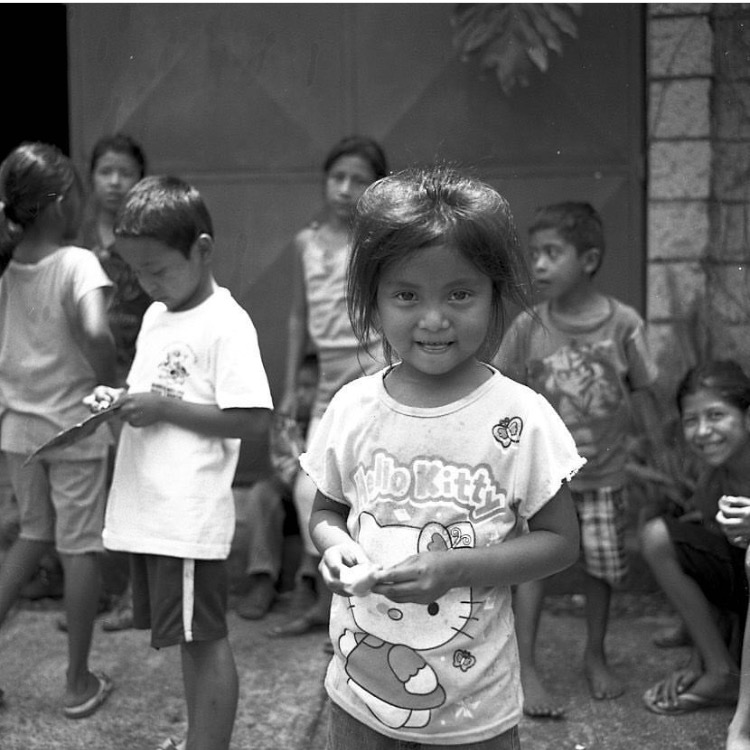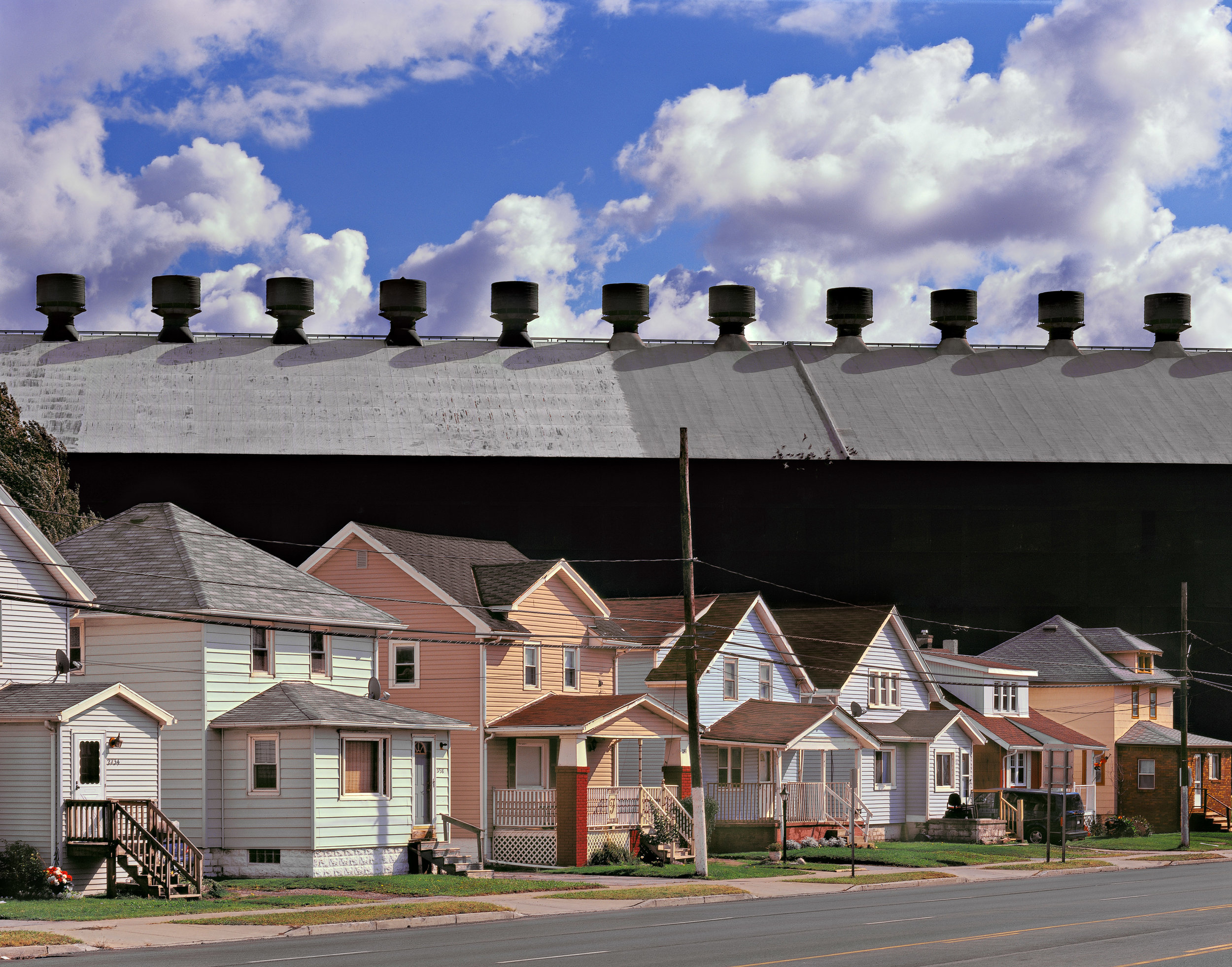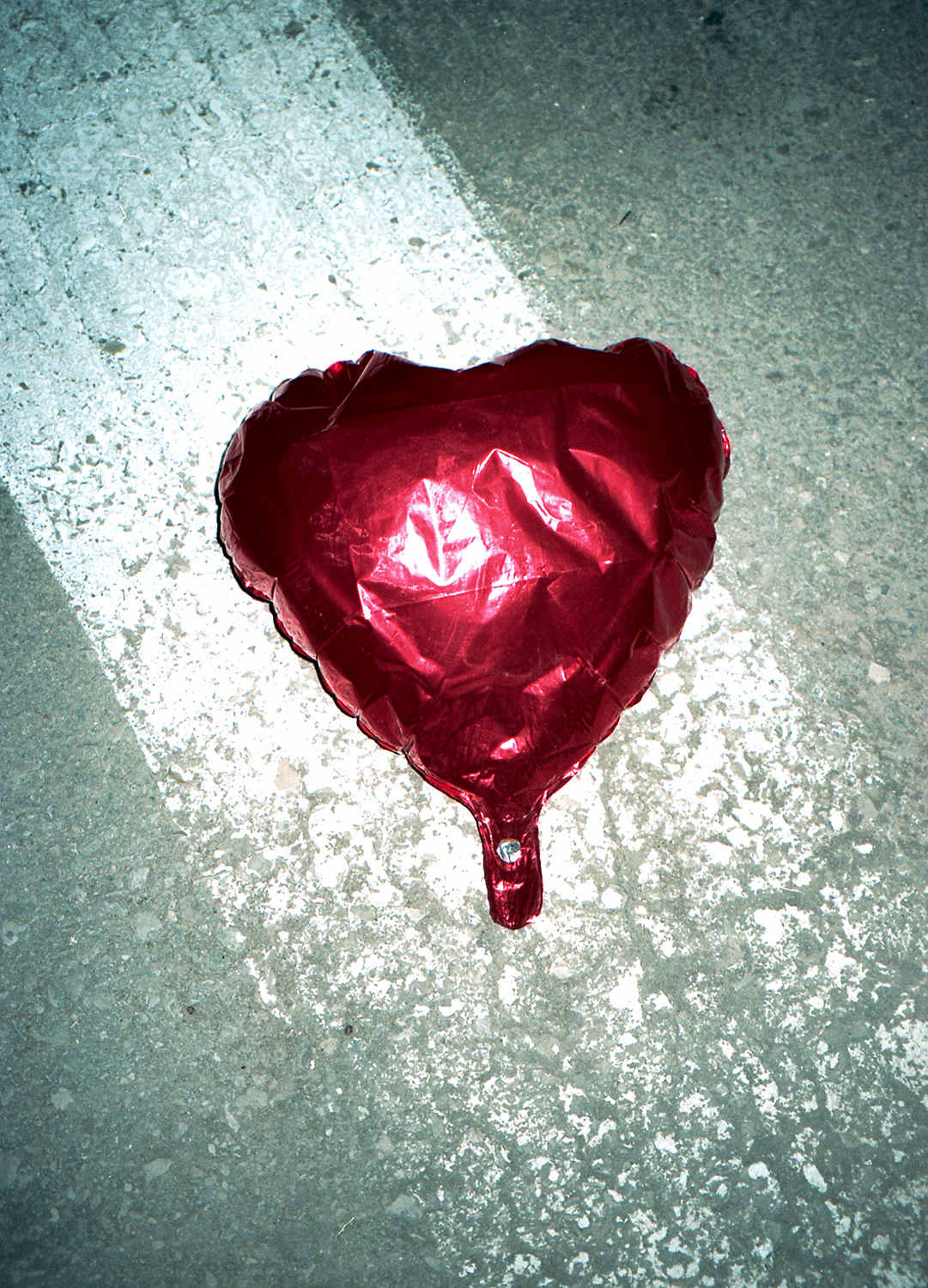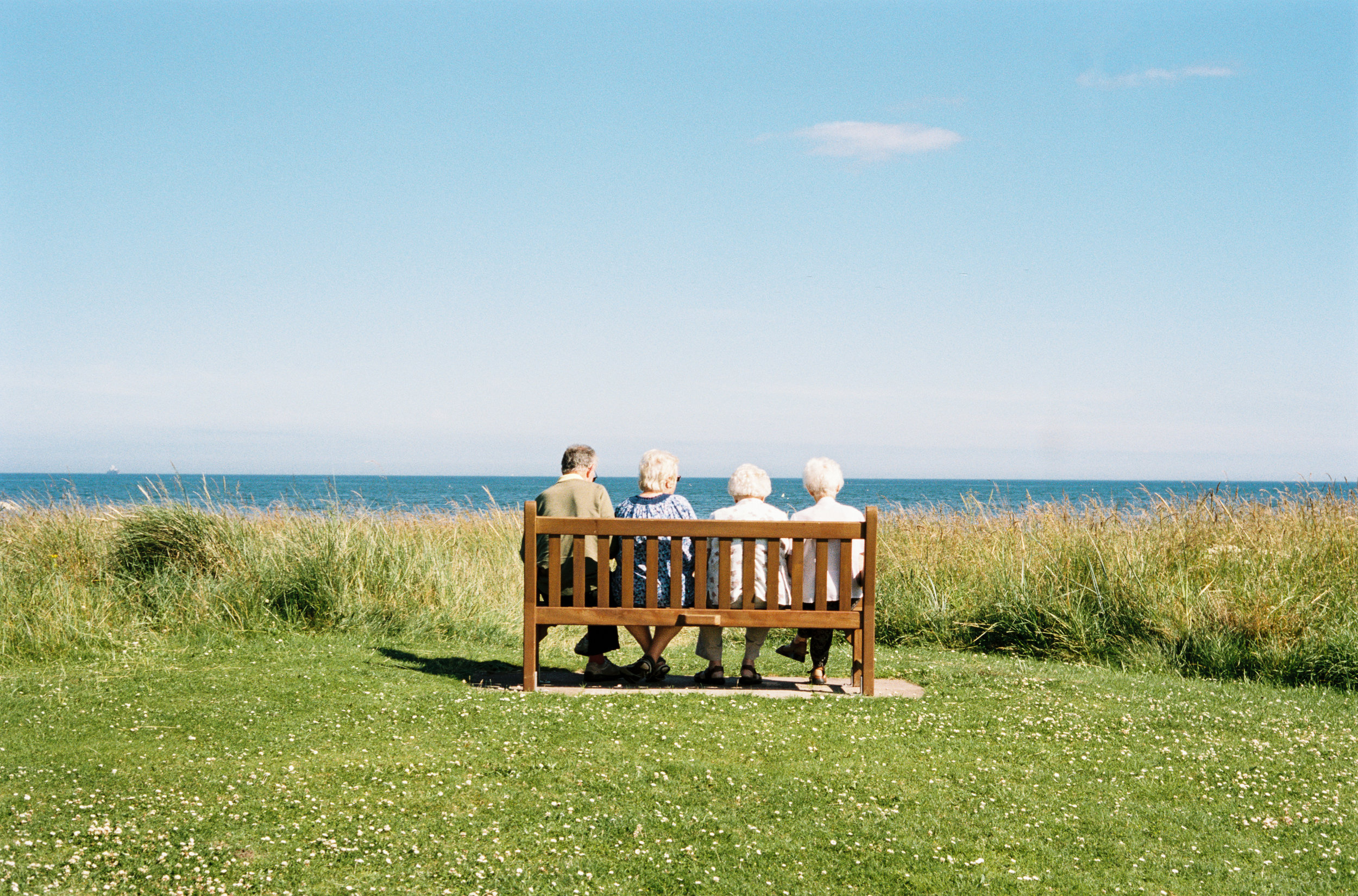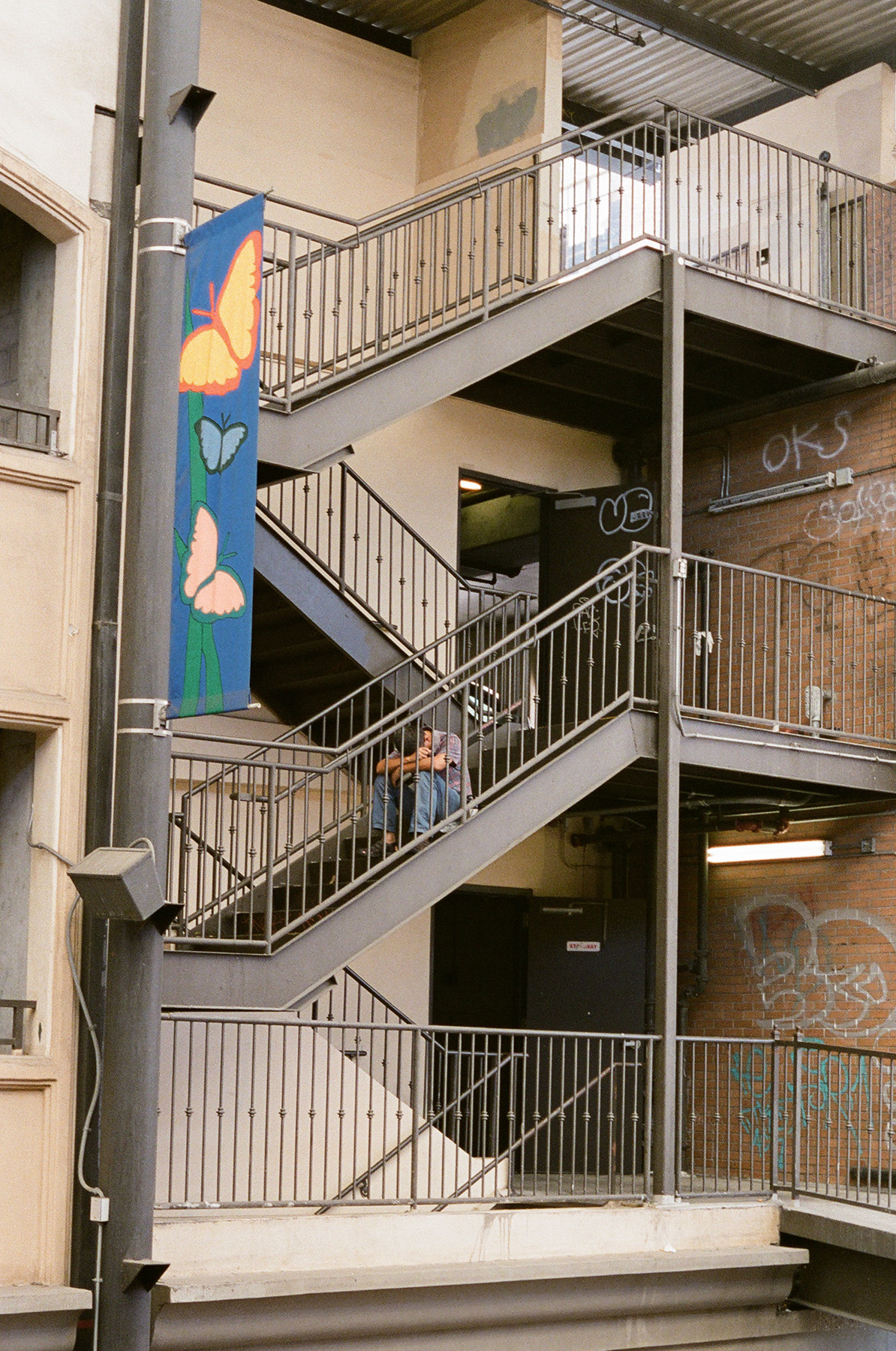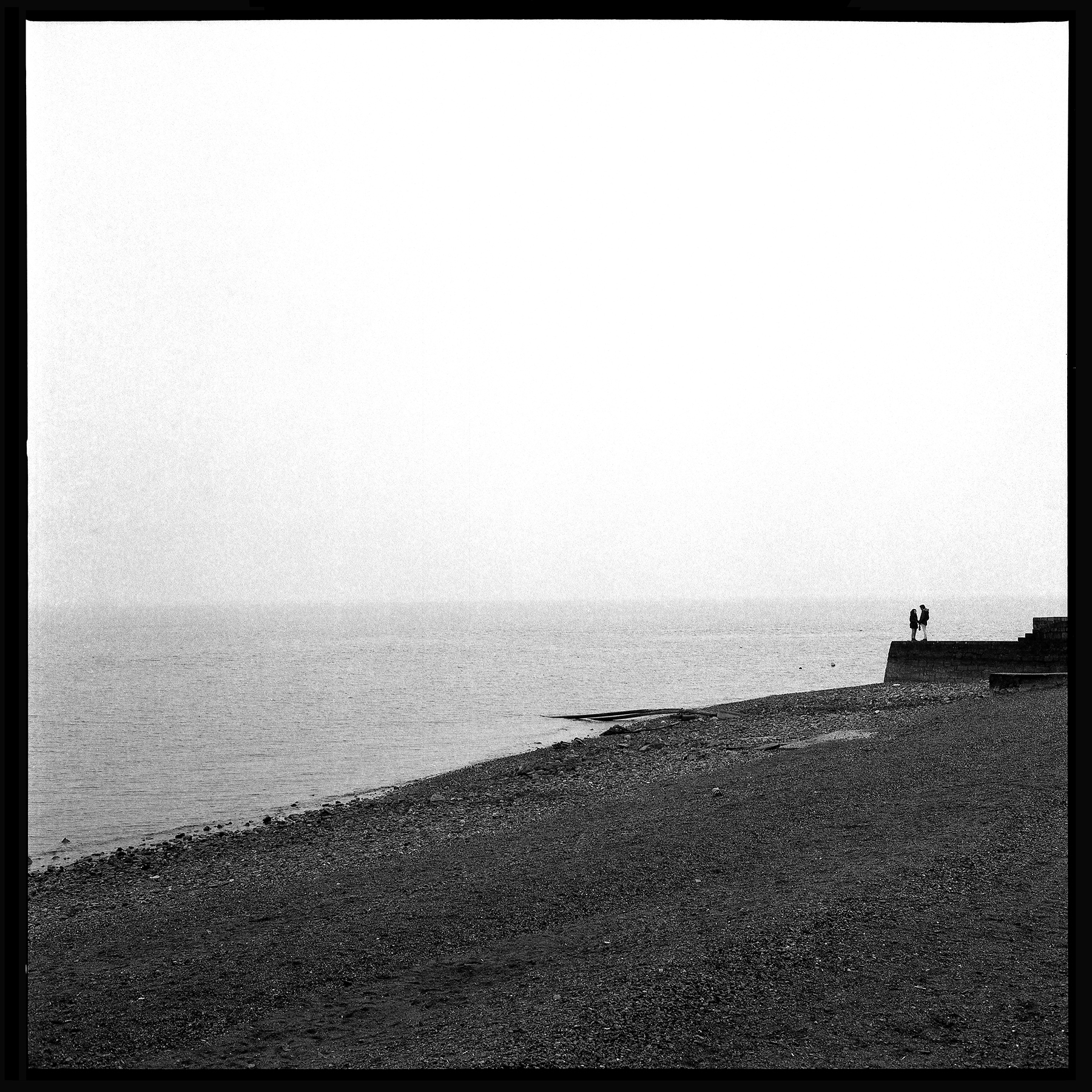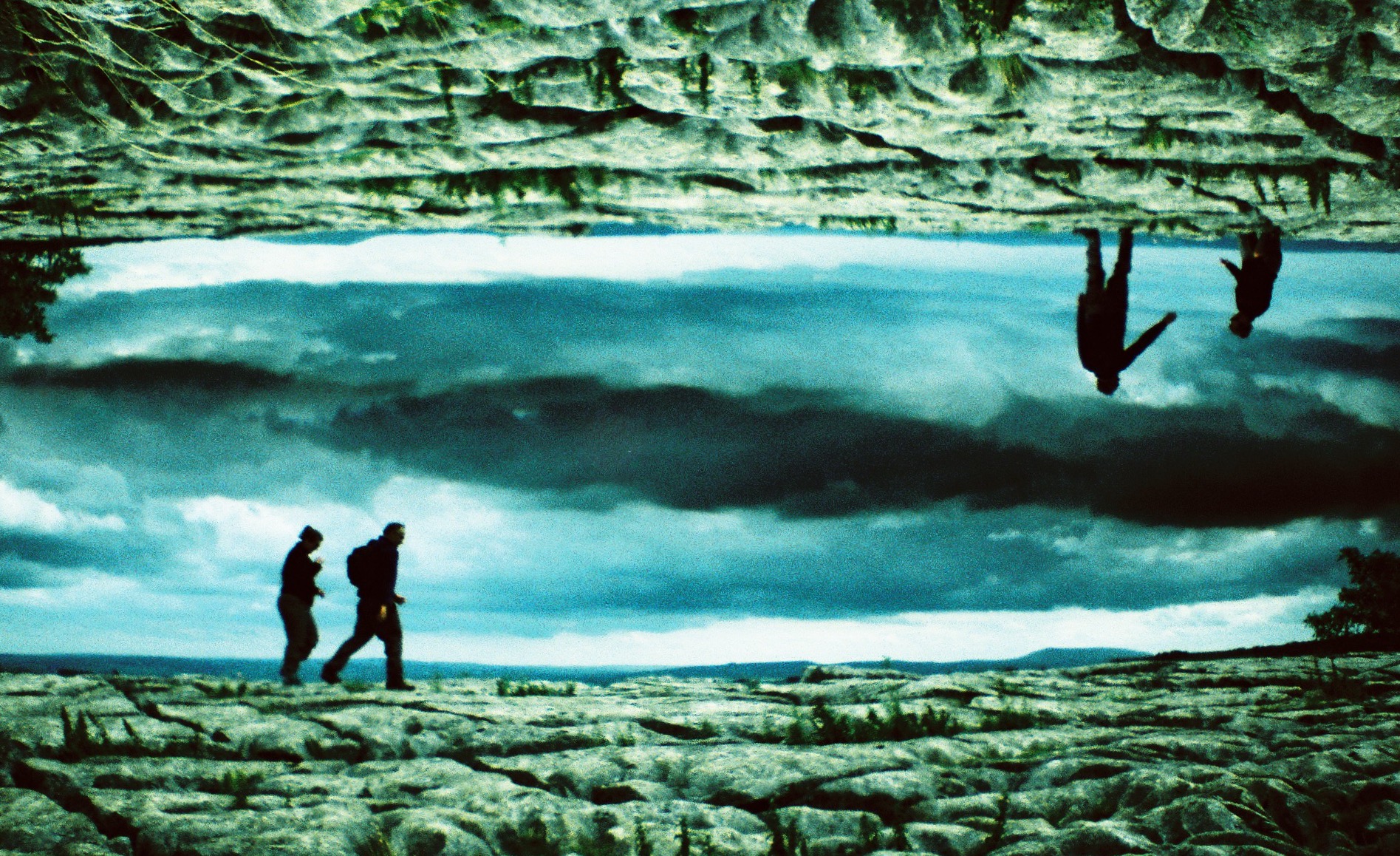If you aren't real familiar with all the different Rollei TLR models, and have spent a little time looking at them on ebay, you will likely find it rather confusing. I know that when I first started looking at Rolleiflex, I couldn't make heads or tails of it. Why was one camera selling for $300, and another that looked the same selling for $4000! Rolleiflex were made for nearly a century, and other than the very early models and some special models, they really didn't change in looks for the most part. Couple that with the fact that most Rolleiflex don't actually have any model number on them, and it can get quite confusing.
Before going to far, I just want to point out that this guide is meant as a general introduction to classic Rolleiflex, and is not meant to be a super accurate history of the cameras. Because of the nature of this article, I may generalize, or I may leave some details out. It is not my intention to misinform, and I apologize if I get some details incorrect.
Pricing -
The cost of a Rolleiflex can vary drastically, but in a general sense the newer the camera and the better the features, the more it will cost. A 1969 camera will usually cost more than a 1954 camera, and a 2.8 model will typically cost more than the same era 3.5 model, etc.
Models -
This is where a lot of the confusion comes from for people first learning about Rollei TLRs. I am not any kind of Rollei expert, but I have done some research into the cameras, and I own 3 Rolleiflex and have used more. I might get some facts wrong, but I will attempt to dispel some of the confusion. Also, to make things simpler, this write up will focus primarily on 6x6 Rolleiflex, and not the Rolleicord which is a similar but different camera, or the Tele and Wide models.
In general (this is how I think of it anyway), there are 4 main groups of Rolleiflex models:
The Rolleiflex Standard
The Automat
The 3.5
The 2.8
Originally, there was one 6x6 model called the Rolleiflex Standard, then in the late 30s, the Rolleiflex Automat was introduced. In the late 40s the first 2.8 was introduced, and in the mid 50s the Automat was replaced with what is generally referred to as the 3.5C or 3.5E. The 2.8 models basically follow an alphabetic progression (The 2.8A was replaced with the 2.8B, etc.), and in a way, after the 3.5C/E was introduced, they follow that progression. Franke and Heidecke went bankrupt in 1981 and was bought by a different company who restarted TLR production in 1987 with the 2.8GX. For many Rolleiflex aficionados, the last models of the 2.8F mark the end of the classic Rolleiflex TLR.

